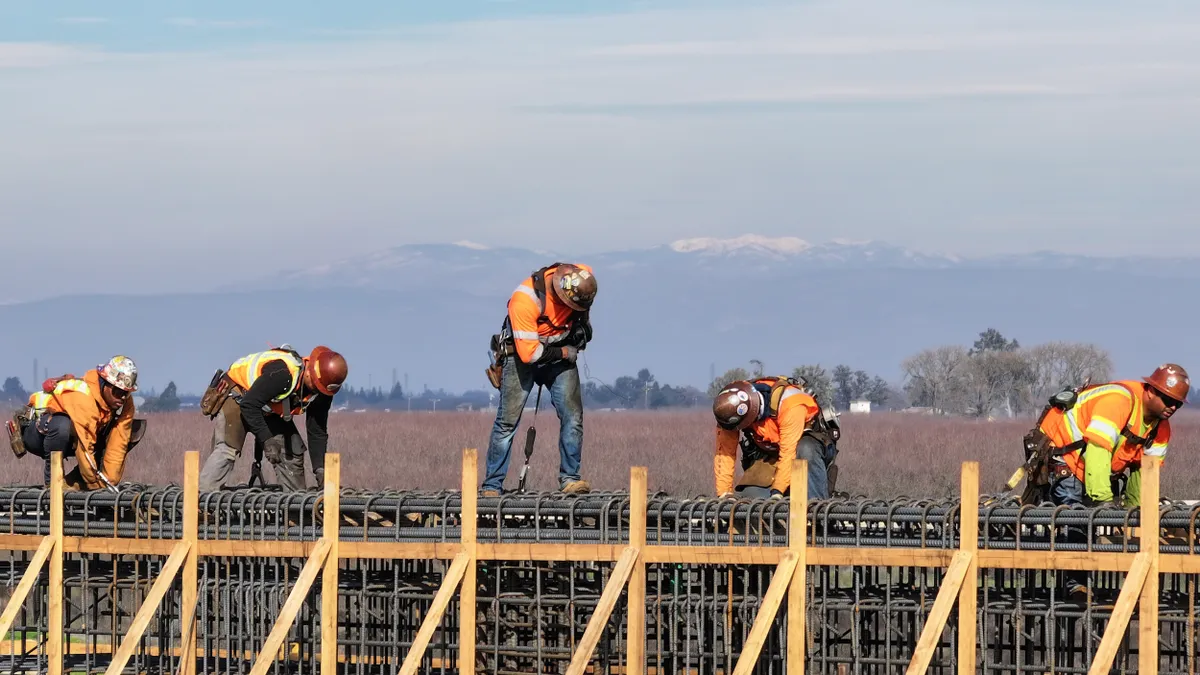Dive Brief:
-
More unmarried couples are purchasing homes together than ever before, accounting for a 15% share of homebuyers between the ages of 24 and 35 in 2015 compared to 11% in 2005, according to online real estate website Zillow, which credits elevated home prices for the shift.
-
Meanwhile, roughly 25% of homebuyers between the ages of 24 and 35 are single, down from 28% in 2005. Columbus, OH, Las Vegas, and Portland, OR, saw a drop in single homebuyers in the last decade.
- Washington, DC, saw the biggest percentage increase in unmarried co-purchasers at almost 16% in 2015 compared to 7.5% in 2005. Philadelphia followed, rising from 15.7% in 2005 to 23.4% in 2015. Miami ranked third, up from 13.5% of unmarried co-buyers in 2005 to 18.4% a decade later.
Dive Insight:
Unmarried couples are expected to account for an even larger share of homebuyers in the future if home-price increases continue to outpace income growth and multiple incomes are needed to qualify for a mortgage and afford a down payment, Zillow Chief Economist Svenja Gudell said in a statement.
It’s worth noting that Zillow follows the American Community Survey’s definitions of household relationships. Unmarried partners have a close relationship — including opposite and same-sex partners, such as those in civil or domestic partnerships — but are not legally married. Of the 7 million unmarried-partner households in 2014, 448,271 were same-sex households, according to the Census Bureau.
Single buyers are active in the market but trend slightly older among women and generally fewer among men. A recent report from RentCafé found that 14 of the 50 largest U.S. metros are unaffordable for both single men and women who are looking to rent or buy, drawing attention to the purchasing power of dual incomes in today’s housing market.
That the uptick in unmarried co-buyers is so significant among members of the millennial generation calls attention to the challenges facing that group’s homeownership ambitions. Among them, a lack of inventory at the entry-level price range, the recent upward trend in mortgage rates from all-time lows and elevated home prices in all tiers of the market, as well as student debt for some and limited wage growth for many as compared to previous generations.
Some homebuilders are responding by rolling out home products tailored to the entry-level segment. Atlanta-based Ashton Woods recently unveiled a line of smaller-footprint properties with fewer features and lower monthly payments.














